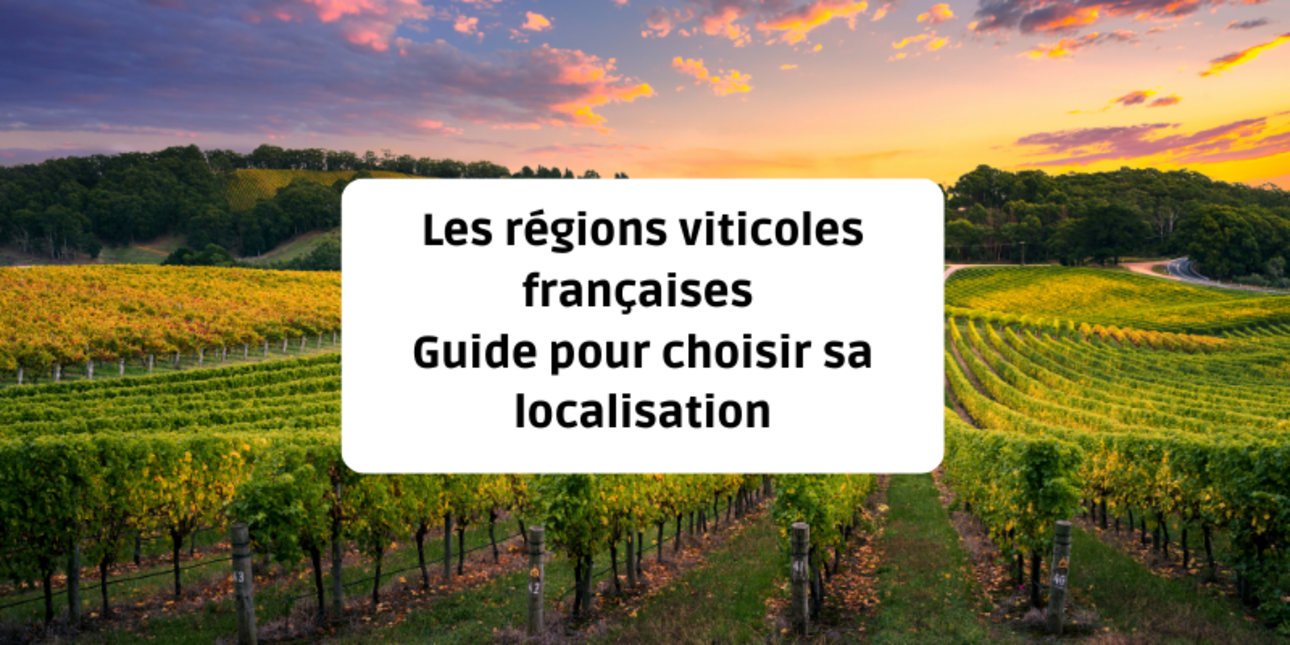
France, the world's leading wine producer, offers an exceptional diversity of wine-growing regions, each with its own unique history, terroir and grape varieties. For wine lovers looking to buy a winery, the choice of location is crucial.
This guide will help you navigate through the main French wine-growing regions, their characteristics and their assets.
The cultivation of vines in France dates back to ancient times, with the Greeks and then the Romans introducing and developing viticulture in the country. Over the centuries, France has shaped its wine heritage, becoming a world benchmark for wine.
French vineyards cover a total area of over 750,000 hectares, offering an incredible variety of terroirs. From the Atlantic coast to the foothills of the Pyrenees, via the Loire and Rhône valleys, each region has its own unique characteristics that influence the way vines are grown and the quality of the wines produced.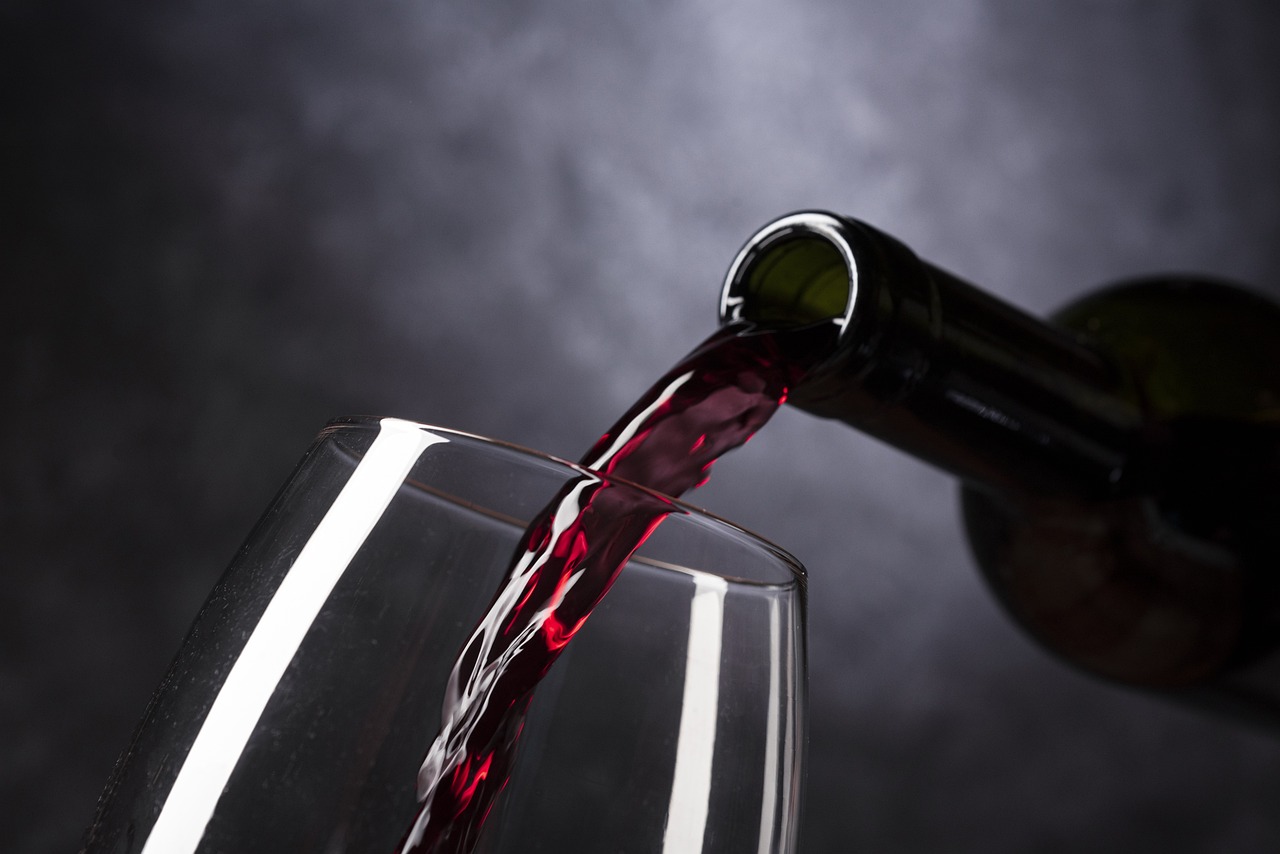
The Bordeaux region, in south-west France, is world-renowned for its exceptional wines.
This wine-growing region covers almost 120,000 hectares and produces mainly red wines, but also dry and sweet whites. The temperate oceanic climate and varied soils (gravel, clay-limestone) contribute to the exceptional quality of Bordeaux wines.
Prestigious appellations such as Médoc, Saint-Émilion and Pomerol attract many investors. However, estate prices can be very high in these renowned areas.
Burgundy, in the east of France, is famous for its red wines made from Pinot Noir and its white wines made from Chardonnay.
The region stretches across four départements and offers a mosaic of terroirs, each adding its own unique touch to the wines.
Appellations such as Chablis, Côte de Nuits and Côte de Beaune are particularly popular. Burgundy is ideal for those seeking wines of great finesse and complexity.
Champagne, in north-eastern France, is the region par excellence for sparkling wines. Its cool climate and limestone soils are ideal for producing basic wines for the méthode champenoise.
Investing in an estate in Champagne can be very expensive, but worldwide demand for these prestigious wines remains strong.
The main grape varieties grown in Champagne are Chardonnay, Pinot Noir and Pinot Meunier. The world-renowned Champagne winemaking method produces sparkling wines of great finesse.
The Loire Valley, stretching from the Pays Nantais to Touraine over more than 1,000 km, offers a wide variety of wines, from dry whites to light reds and sparkling wines. Emblematic grape varieties such as Sauvignon Blanc, Chenin Blanc and Cabernet Franc produce Loire wines renowned for their freshness and varied aromas.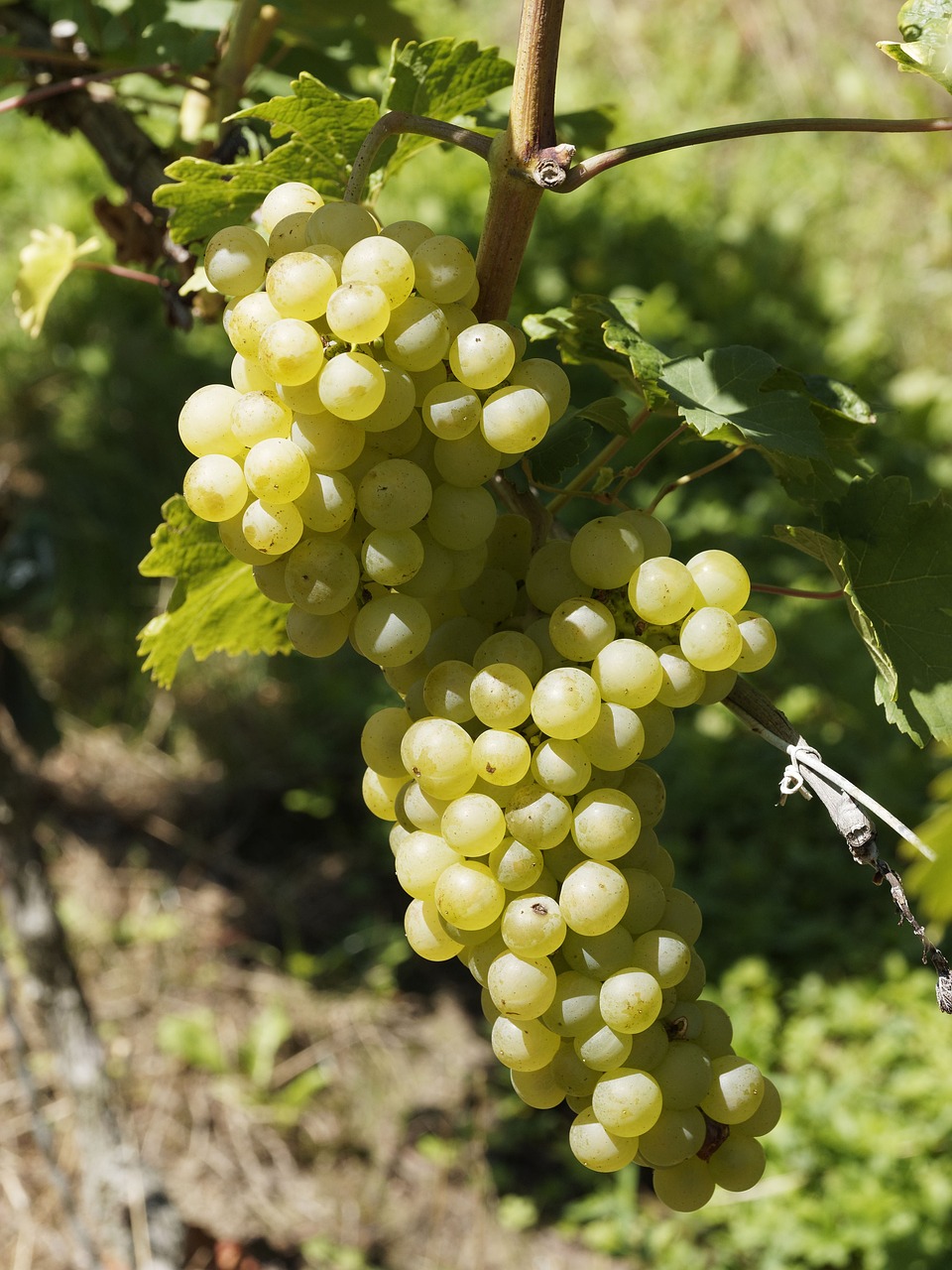
This region is ideal for those looking to produce different styles of wine on the same estate.
Appellations such as Sancerre, Vouvray and Chinon are gaining in renown and can represent good investment opportunities.
The Languedoc-Roussillon vineyards are the largest in France. The Mediterranean climate is ideal for growing grape varieties such as Grenache, Syrah and Mourvèdre, producing powerful red wines and tasty rosés.
Estate prices are generally more affordable than in more prestigious regions, offering great opportunities for new investors.
The Rhône Valley, stretching from Lyon to the Mediterranean, is renowned for its powerful red wines and aromatic whites. The Mediterranean climate in the south and continental climate in the north allow for a wide variety of styles.
Appellations such as Côte-Rôtie, Hermitage and Châteauneuf-du-Pape are particularly sought-after.
The Côtes du Rhône, divided into northern and southern parts, offer a wide variety of wines. Grenache, Syrah and Mourvèdre are the main grape varieties for red wines, while Viognier and Marsanne dominate for whites.
Alsace, in eastern France, is renowned for its aromatic white wines and crémants1. The semi-continental climate and varied soils are ideal for growing grape varieties that are unique in France, such as Riesling, Gewurztraminer and Pinot Gris.
This region is ideal for those wishing to specialise in white wines with character.
The Jura, a small wine-growing region in eastern France, produces unique wines such as vin jaune and vin de paille1. Local grape varieties such as Savagnin and Poulsard offer original tasting experiences.
This region is attracting more and more wine lovers in search of authenticity and preserved traditions.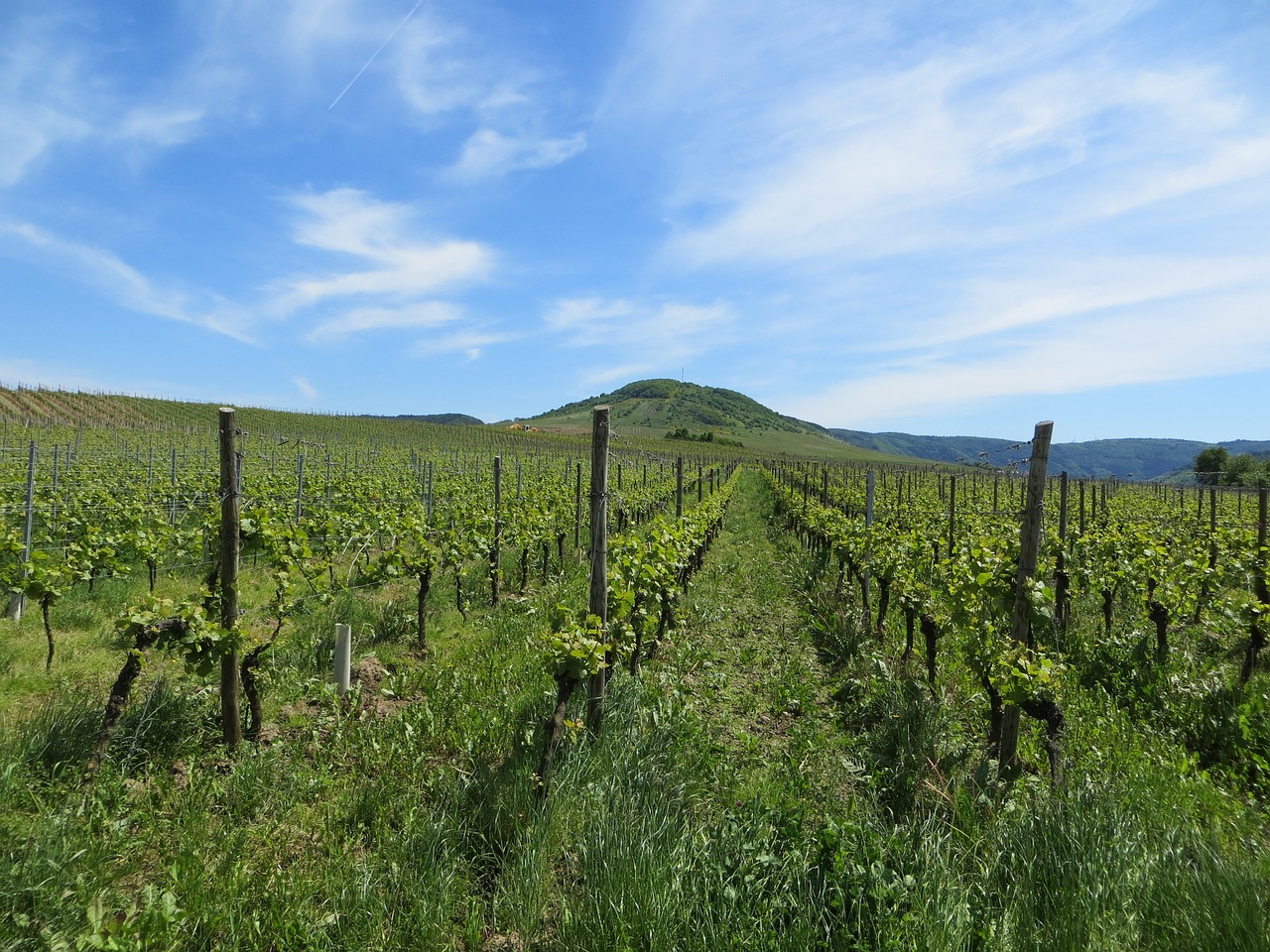
Savoie, an Alpine region, produces fresh, light wines, perfect for accompanying the local gastronomy. Native grape varieties such as Mondeuse and Jacquère produce original wines that are becoming increasingly popular.
This region offers the opportunity to combine wine-growing and mountain tourism.
Corsica, with its Mediterranean climate and varied soils, produces some unique wines. Native grape varieties such as Nielluccio and Sciaccarello give birth to red and rosé wines of character, while Vermentino produces aromatic whites.
The vineyards of the South-West, stretching from the Pyrenees to the Massif Central, are packed with local varieties such as Tannat, Malbec and Petit Manseng.
This region offers a wide variety of wines, from powerful reds to sweet whites.
Climate and soil determine the quality and style of the wines produced. Each region offers unique conditions that directly influence viticulture and vinification.
A region's winegrowing history can be a major asset, particularly when it comes to developing wine tourism. Regions such as Burgundy and Bordeaux boast a wine heritage that goes back thousands of years.
Each region has its own rules for viticulture and winemaking. The Appellations d'Origine Contrôlée (AOC) impose constraints but also guarantee a certain quality and reputation.
The AOC/AOP (Appellation d'Origine Contrôlée/Protected Designation of Origin) system guarantees the origin and quality of French wines. Each appellation has its own specifications, influencing growing and winemaking methods.
Demand for wines from certain regions can vary considerably. It is crucial to study market trends and export opportunities before investing.
Wine tourism is booming in France. Choosing a region with strong tourist potential can be a major asset in promoting your estate. Regions such as Provence and Bordeaux attract many visitors from all over the world, fascinated by the wine-growing landscapes and the French art of living.
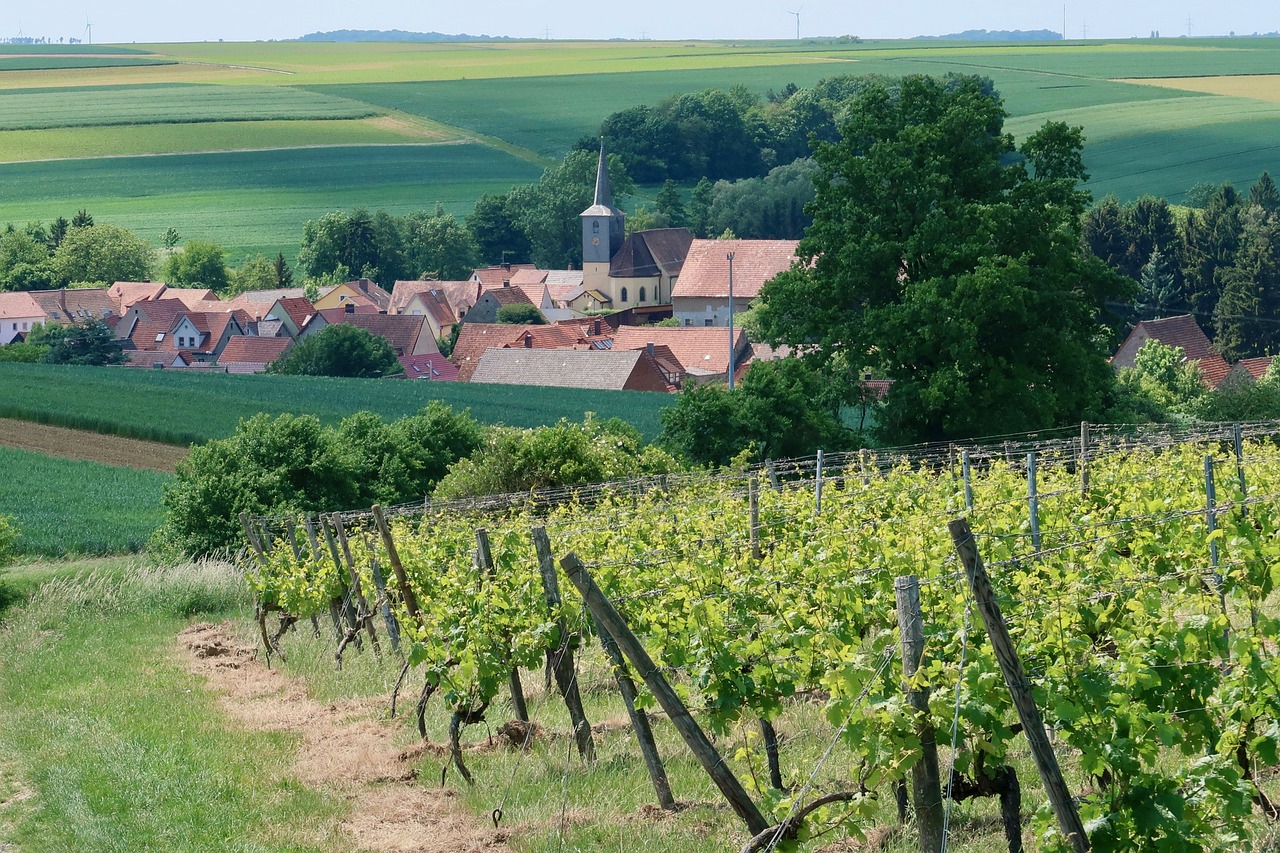
Choosing a wine region to buy an estate depends on many factors. Whether you are attracted by the prestige of Bordeaux, the elegance of Burgundy, or the potential of emerging regions, France offers an incomparable diversity of terroirs and wine styles. The key is to define your objectives clearly and immerse yourself in the spirit of the region you've chosen to make your wine project a success. France's rich wine-growing heritage, shaped by centuries of tradition and innovation, offers you a unique opportunity to become an integral part of this beautiful history of wine.